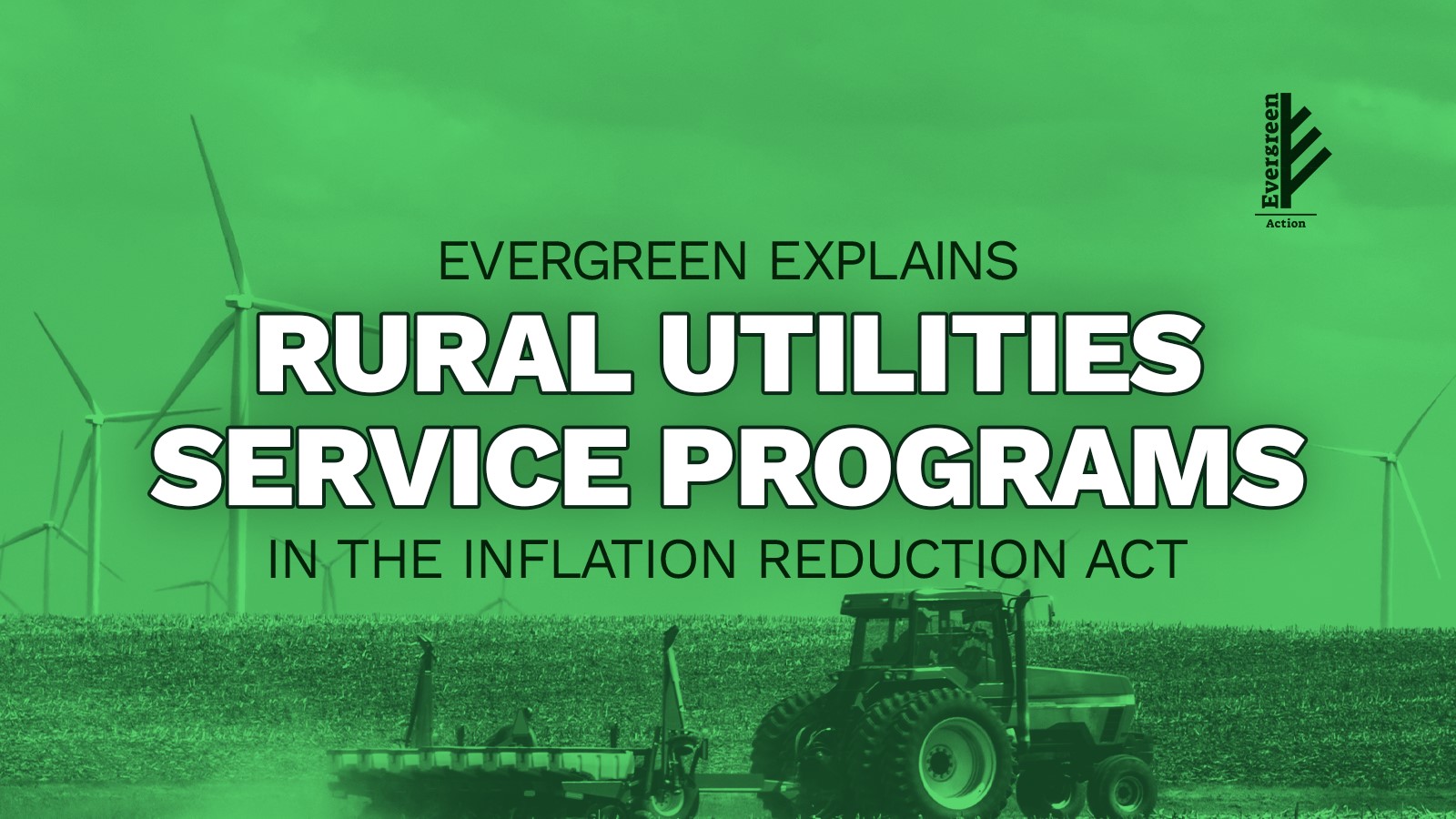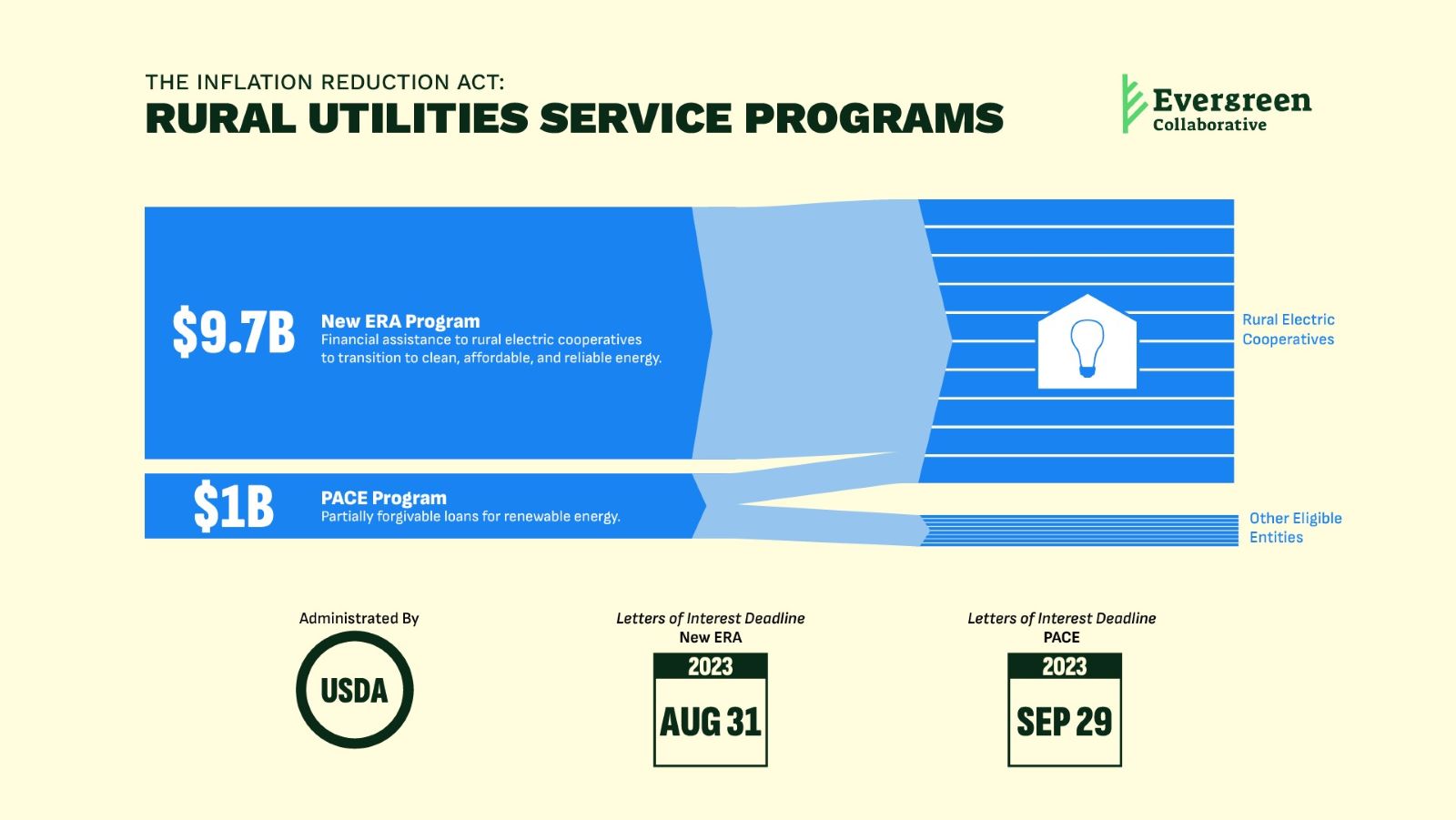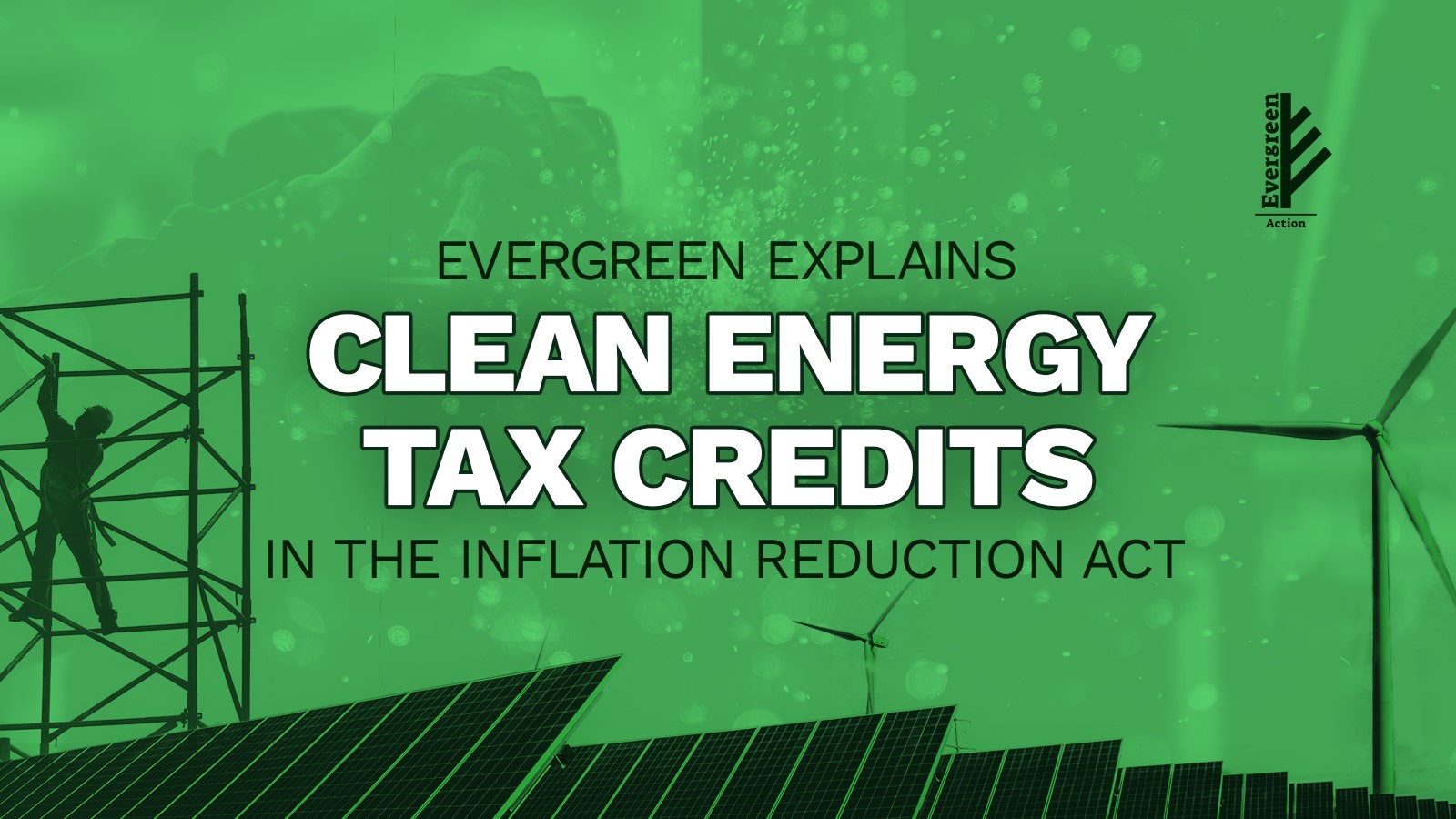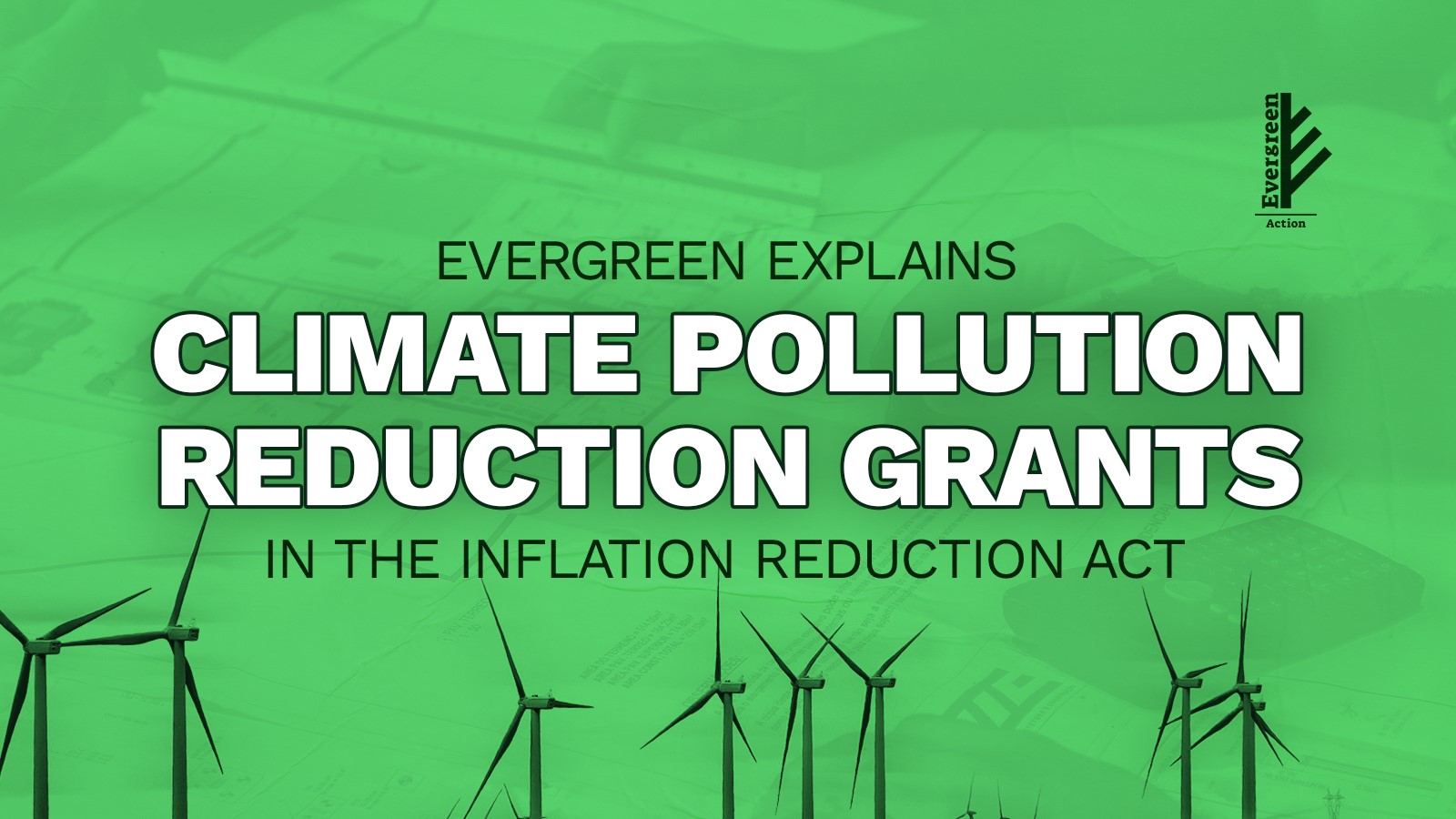Until recently, rural electric cooperatives haven’t had strong financial incentives to encourage a transition to clean energy. While investor-owned utilities have started moving to cleaner and cheaper sources of energy, rural co-ops have often been locked into long-term contracts or financial obligations with coal-fired power generation. That’s made it harder for them to retire their existing coal fleet and transition to a clean energy future.
How we build next-generation rural electrification
Here’s the good news: The IRA brings a catalyst for change. When Congress passed the largest climate bill in U.S. history last year, it knew the rural transition to clean energy needed special attention and sparked a once-in-a-generation funding opportunity to drive a transition to clean energy. The legislation created two programs that set out to lower energy costs, reduce pollution, create new jobs, and improve health for rural America: the $9.7 billion New ERA program and the $1 billion PACE program.
What is the New ERA program?
The New ERA Program will offer financial assistance to rural electric cooperatives to transition to clean, affordable, and reliable energy. USDA will provide a huge discount on renewable energy, as well as renewable energy systems, energy storage, transmission, and energy efficiency programs. With a total pot of $9.7 billion on the table, rural co-ops can apply for low-cost loans, refinancing, or grants that will cover up to 25 percent of their project costs (with funding limited to $970 million per utility).
As well as funding new renewable energy, the New ERA program will also allow rural co-ops to restructure their existing debt for stranded assets—like coal plants. If rural co-ops receive funding, this can help them retire dirty and expensive coal fleets.
Because this is a competitive program, USDA’s Rural Utilities Service will award grants and loans to compelling proposals that meet the program’s overarching goal to achieve the greatest reduction in greenhouse gas pollution. The good news is that USDA has released guidance to show what they’ll be weighing as they make the funding decisions.
What is the PACE program?
The IRA provides $1 billion in funding for partially-forgivable loans for renewable energy. USDA will provide loans to finance clean energy projects, including wind, solar, hydropower, biomass, and geothermal. This funding can also be used for energy storage systems that will support these renewable energy projects.
Unlike the New ERA program, which only allows rural electric cooperatives to apply, the PACE program has a broad range of eligible entities. These include state or local governments; for-profit organizations; Indian Tribes; Alaska Native Corporations; non-profits; institutions of higher education; and community-based organizations, distribution electric cooperatives, and generation and transmission electric cooperatives.
How much loan forgiveness is up for grabs? Simply put, it depends on the community that is being served by a particular project. USDA has provided three different bands of ‘loan forgiveness’ that take energy equity into account:
PACE Categories of Partially-Forgivable Loans
|
Category 1: Up to 20 percent of total loan-forgiveness
|
For applicants that meet the minimum requirements.
|
Category 2: Up to 40 percent of total loan-forgiveness
|
For applicants if half or more of the population served by this service are located within:
- Energy communities; or
- Distressed or disadvantaged communities.
|
Category 3: Up to 60 percent of total loan-forgiveness
|
For applicants if:
- The proposed service area is in Puerto Rico, U.S. Virgin Islands, Guam, American Samoa, the Commonwealth of Northern Mariana Islands, or the 3 Compact of Free Association states (the Federated States of Micronesia, the Republic of Marshall Islands, or the Republic of Palau).
- The proposed service area consists of 60 percent or more of a Tribal area or serves an Substantially Underserved Trust Area.
- The project is owned by an Indian Tribe or Alaska Native Corporation.
|
| Source: USDA Rural Utility Services |




